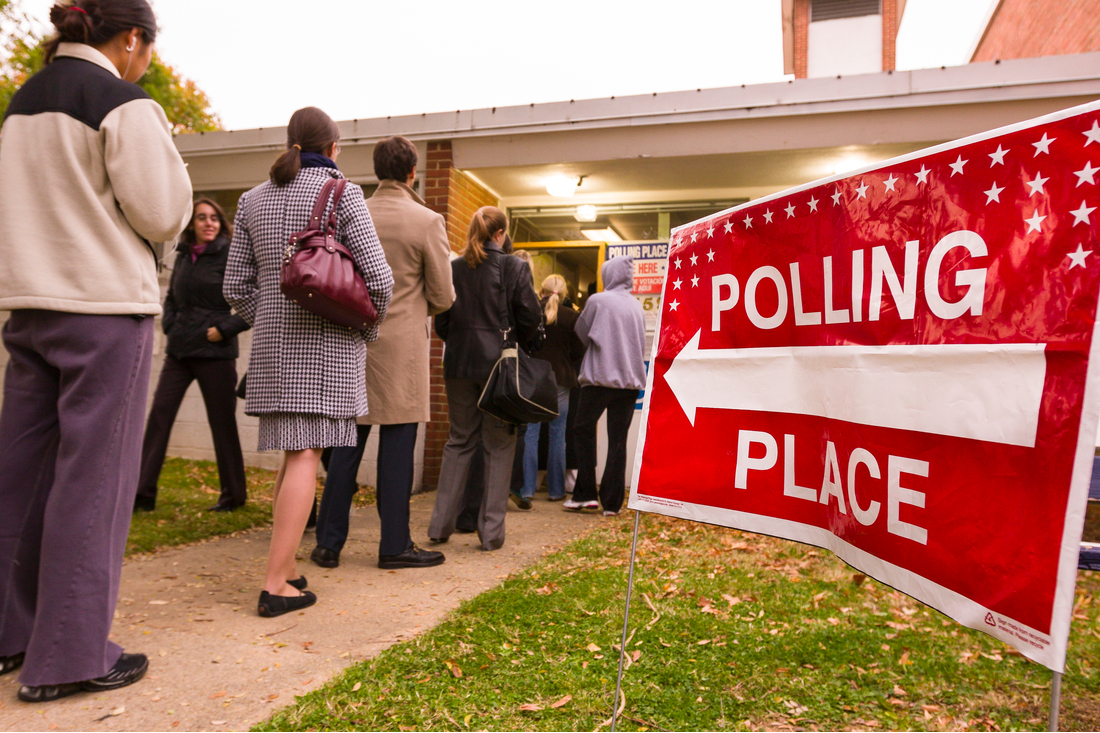
02 Jul 2019 What You Need to Know: Demographic Changes in the States Ahead of 2020 in Government Reform
Last week, BPC, the Brookings Institution, the Center for American Progress, and the Democracy Fund debuted a new report collaboration, The States of Change: Two Perspectives on Demographic Changes in the States Ahead of the 2020 Election, which details how demographic shifts are transforming the Republican and Democratic parties with new simulations charting the ever-changing electoral landscape for Republicans and Democrats that foreshadow what could happen in the 2020 primaries and general election.
The Takeaways
Demographic and Political Change: A 10-Year Transition
• For states where the majority-white population will soon no longer be the majority, it is probable that it will take these states about 10 years before changes in party coalitions will take hold of political outcomes.
States in the 10-Year Transition
• Arizona, California, and Texas are states where the demographic majority has shifted or is in the 10-year transition process.
• In light of the 2018 midterm elections, we expect that Arizona will continue to shift in the Democrats’ favor.
• Given that Texas is already heavily Latino, we expect the coalitions will shift sooner than might otherwise be expected. Mobilized eligible voters make up a sizable portion of the state population and have the potential to bring on rapid electoral changes at the state level. It is also important to consider that the Latino population in Texas is young.
Demographic Change Without Reactionary Politics
• Florida: Florida’s demographics are unlike those of California, Arizona, or Texas. What is interesting about Florida’s population is that a large share of the state’s Latino population is Cuban. However, there is some indication that Cubans might be becoming more liberal and supportive of Democrats. In 2018, 59 percent of Latinos in Florida disapproved of the job Trump was doing as president, and only 13 percent of Latinos in Florida believed that Trump has had a positive impact on Latinos.
• Nevada: While it is more likely than not that Nevada will stay in the Democratic column, to ensure continued success, Democrats must continue outreach efforts, especially among college-educated white voters and minorities.
Growth and Demographic Change in Party Coalitions
• While we have laid out our expectations for four heavily Latino states, there a number of states that will see future growth among Latinos and minorities in general. In the short term, these emerging populations may not impact the outcome of the 2020 election, but they will reshape the political landscape in the future:
• Pennsylvania: Due to the close elections, Latinos could make or break the hopes of presidential candidates. If Latinos, Asians, and other non-black minorities swing 7.5 points toward the Democratic Party and 7.5 points away from the Republican Party, 30 percent of the Democratic coalition will come from minority voters in the next election. By 2040, this will increase to 40 percent.
• North Carolina: Using 2016 turnout and support levels as a baseline, white Democratic voters in North Carolina are primarily college-educated, comprising 30 percent of the Democratic coalition.73 If non-college-educated white voters shifted toward the Republican Party by five points, little would change in terms of who comprises the Democratic coalition. Voter turnout, especially among North Carolina’s black and college-educated white population, will be important for Democratic success.
• Virginia: Currently, 65 percent of eligible voters in the state are white, while 20 percent are black. But the Asian and Latino populations have been steadily increasing. If non-college-educated whites shifted toward the Republican Party, in 2020 whites would just barely make up the majority of the Democratic coalition (51 percent). But after 2020, the Democratic coalition would mainly consist of minorities.
• Georgia: If white noncollege-educated voters shift toward the Republican Party in Georgia and nothing else changes, we would expect the Republicans to win Georgia in 2020 and continue to do so in the future. However, States of Change projections indicate that if non-black minorities, or white college-educated voters, or, especially, both swing toward the Democratic Party, Georgia could flip toward the Democratic Party in the 2020s.
Read the full report here.
